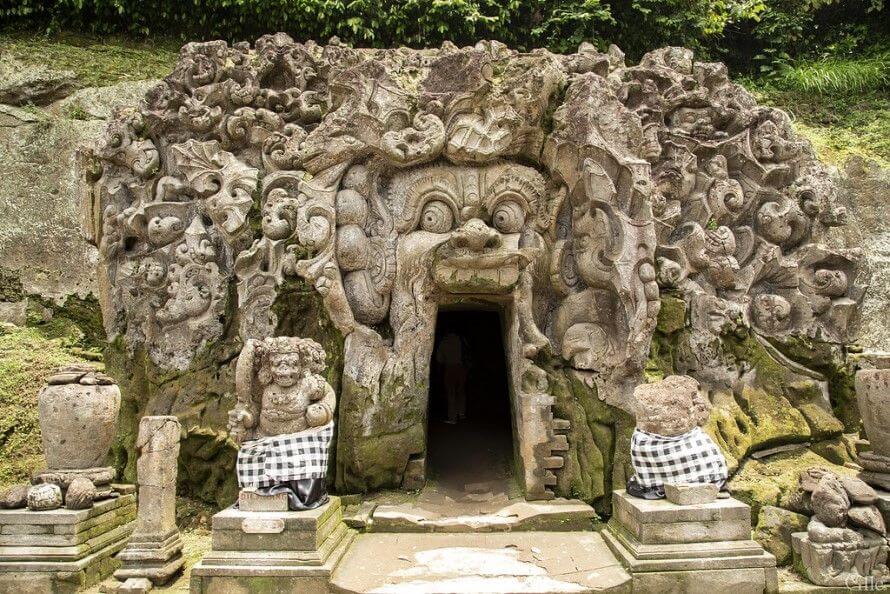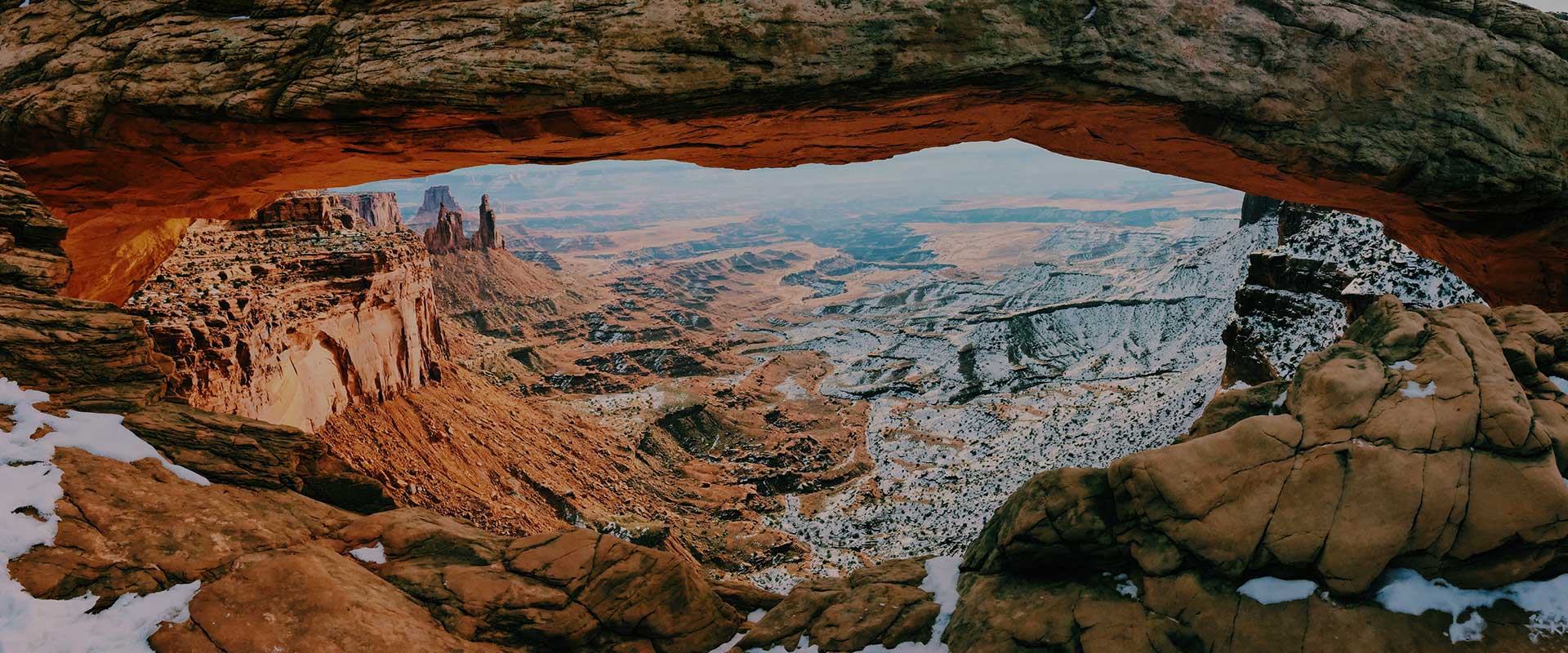The Goa Gajah Temple, is one of the historical caves that has been recognized by United Nation Organizations (UNESCO). It became world heritage, and this sacred place is often called: Bali Elephant Cave Temple (Pura Gua Gajah), which is located in Banjar Goa, Bedulu village, Blahbatuh sub-district, Regency Gianyar with its mileage about 5 kilometers from the tourist area of Ubud, while the distance from the city of Denpasar about 45 minutes by car.
The Elephant Cave Temple
The history of Goa Gajah is definitely not known. In a literal translation, Goa means cave and elephant Gajah. The name is a fusion of the name Pura Guwa (temple cave), as it is called by the local people. The ancient name as it appears in the scriptures is known as Ergajah and Lwa Gajah. Around the temple, a beautiful rice field is lined up in the ravine through which the Petanu river flows. Nearby are the historical sites of Yeh Pulu, Samuan Tiga, Gedung Ark, Arjuna Bertapa, Kebo Edan, Pusering Jagat, the temple of Penataran Sasih and others.

Elephant Cave or better known as Goa Gajah is the name of a place with the archaeological heritage in the form of a cave adorned by the beautiful relief on the outside wall of the cave. Goa Gajah is located on the west side of Bedulu Village, Blahbatuh District and Gianyar Regency, which is about 27 km from Denpasar. This cave is built on the edge of a meeting between two small rivers that Kali Pangkung calls and then mixes water with the flows of the Petanu River. The interior of the Goa Gajah Pure Temple
The interior of the Elephant Cave
Inside the cave there are holes, like a place to keep the luggage while the owners do the meditation. On one side of the cave, there is a statue of Ganesha, a God of Knowledge, on the other side there are three signs, as a symbol of man, in the front yard of the cave there is a water pool as a bathing place, which is divided into three parts, decorated with six large statues, in the courtyard of the Goa Gajah temple you can find an ancient holy water fountain, of 12 by 2.3 meters in size, divided into 3 compartments. The compartment alone has 3 stone carved fountains, and also the southeast.
In the middle area, all that remains is the base of the fountain.about 13 meters from here on the north side, there is a cave-like meditation niche in the shape of a T. It measures 2 meters high and about 2.75 meters wide. Also on the left and right connectors of these niches you can find a deeper meditation .
In the easternmost corner, there are three linggums, and at the western end, a statue of Ghanaian. In the courtyard of the temple other fragments of the ancient ruins have been found, that have not yet been reconstructed, and the walls that remain on the western side still remain, forming a compartment around the steep drop next to the temple.


